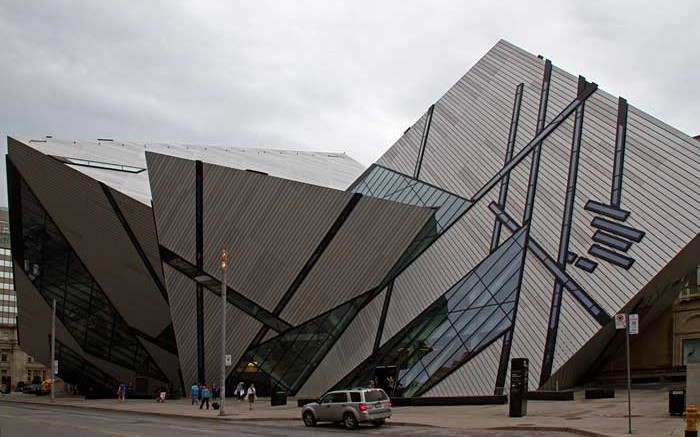A recent donation from Yamana Gold (TSX: YRI) has Toronto’s Royal Ontario Museum (ROM) on the cusp of finally bringing the Kirwin ore deposit collection to Canada.
“The Yamana donation pushed us over the top,” says Ian Nicklin, a technician for the Teck Suite of Galleries at the ROM. “We are very close.”
While the museum isn’t giving specifics on when the collection will arrive, Nicklin says it is likely a matter of months.
When it does arrive from its current home in Bangkok, Thailand, it will mark the end of a three-year journey since the museum began a quest to capture the stash of rocks and minerals with a fundraising gala in June 2011 (T.N.M., July 18, 2011).
With many of the mining industry’s heavyweights on hand that spring evening, the imminent arrival of the collection seemed a near certainty. But the process has dragged on and it took Yamana opening its wallet to get the finish line within sight.
The time and energy will be worth it, according to Nicklin, as the collection gathered by geologist Doug Kirwin during his more than 40 years in the business is considered to be world-class.
“It took Doug a lifetime to build this collection,” Nicklin says. “He built this thoughtfully and with real purpose because he wanted it to be a legacy . . . he realized that he was on the ground in some unusual places, and he had an opportunity that not a lot have.”
Indeed, Kirwin amassed 23,000 pieces representing 575 deposits, from 47 countries around the world. The pieces are made up of 15,113 petrology specimens and 8,000 mineral specimens, with 90% cut and polished for optimal viewing.
The collection includes minerals from such exotic spots as the Mogok area in Myanmar and the Luc Yen region of Vietnam, which host skarn-type, gem deposits. And while there are other skarn deposits in the world that host similar minerals, they don’t have anywhere near the same gem-quality crystals.
There are also minerals from the alkalic intrusive rocks of Russia’s Kola peninsula, which has 300 different mineral species and is the type locality for over a hundred minerals.
The Unified Solidification Texture suite has diagnostic markers of certain hydrothermal ore deposits that form in the dome of rising magma bodies. There are also suites for copper gossans, volcanogenic massive sulphides, Mississippi Valley type, hydrothermal-vein type and more.
Kirwin, who was part of the team that discovered the giant Hugo Dummett copper–gold deposit in Mongolia, is considered one of the most experienced exploration geologists of his generation.
And while some might say that the specimens belong in a university geology department, Nicklin says the ROM has some advantages.
“We offer protection,” he says. “What universities do best is teach and research, but with a museum our core business is curation. We want to display them and tell people about them, but fundamentally we are in the business of preserving them, and that’s not necessarily a job that universities have the staff or the funds to do.”
But student rock lovers shouldn’t fret, as the rocks won’t be locked up forever in cabinets.
“Geology is tactile,” Nicklin says. “You can read all the textbooks you want, but you have to see the rocks . . . those are the real textbooks, the rocks themselves.”
By making the collection available for university-level and continuing education training, the ROM believes it will become one of the most sought-out centres for geological training in the world. This is only fitting, considering the museum itself sits in the heart of the city that many consider to be the capital of the mining industry.
Toronto is also home to the largest annual mineral exploration convention in the world — the Prospectors & Developers Association of Canada convention, which got the ball rolling between Kirwin and the ROM.
“He walked right up to us,” Nicklin says of his first encounter with Kirwin. “We started chatting and he liked what he heard from us . . . principally he liked what he heard about how we care for our collections.”
The Kirwin collection will be most significant addition to the museum’s 100 years of mineralogical research.
The first two mineralogy curators — Thomas Leonard Walker and Arthur Leonard Parsons — did some of the first mineralogical work on the Cobalt camp in Ontario, which is one of the larger silver deposits in the world.
But even rocks from the famed Cobalt camp may have to get used to playing second fiddle when the Kirwin rocks come marching in.


Be the first to comment on "One of the world’s great rock collections heads to the ROM"